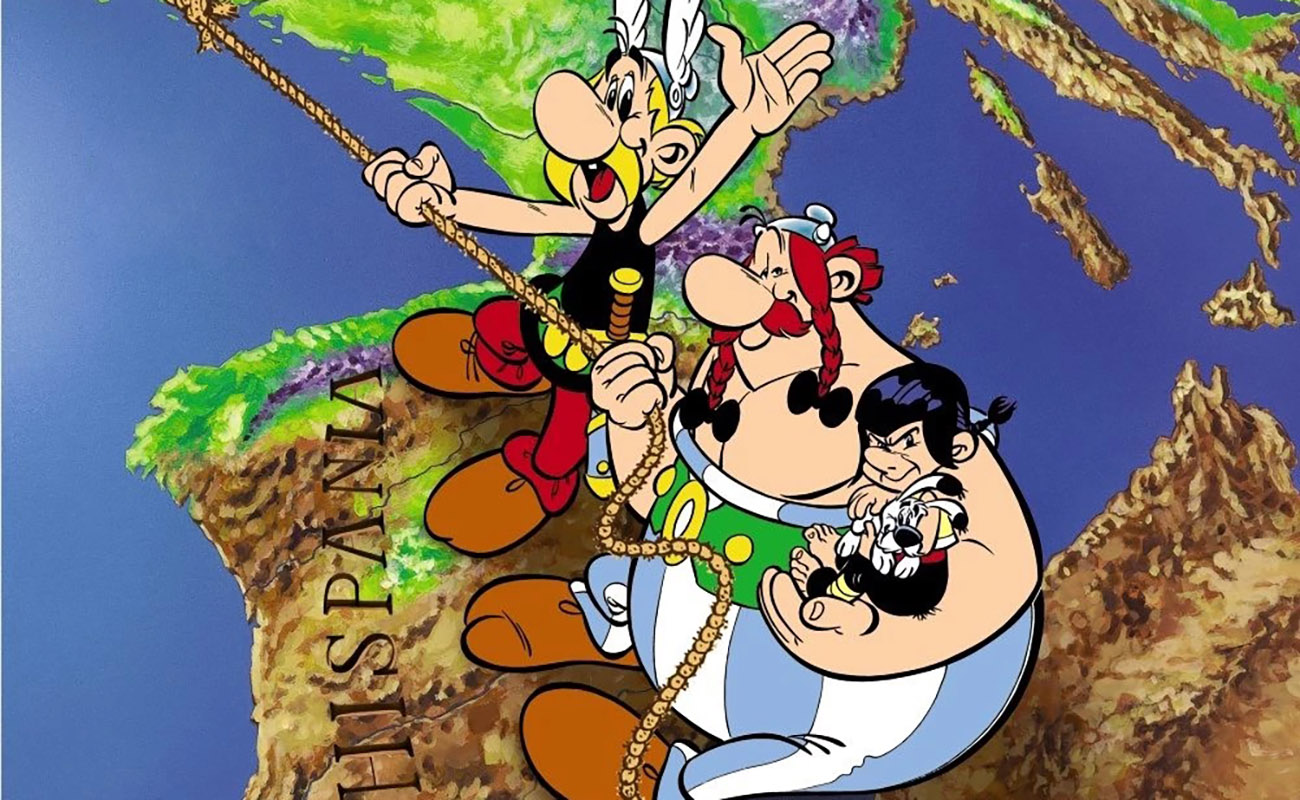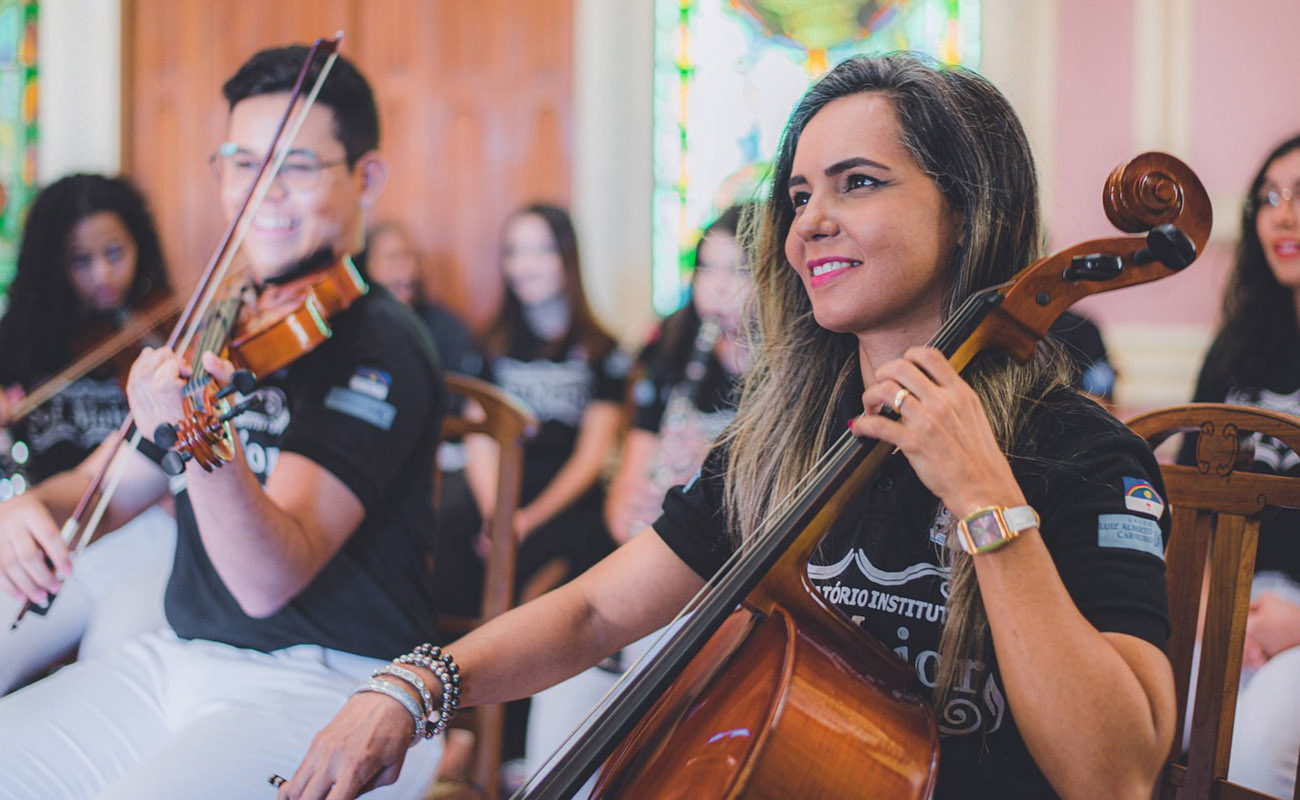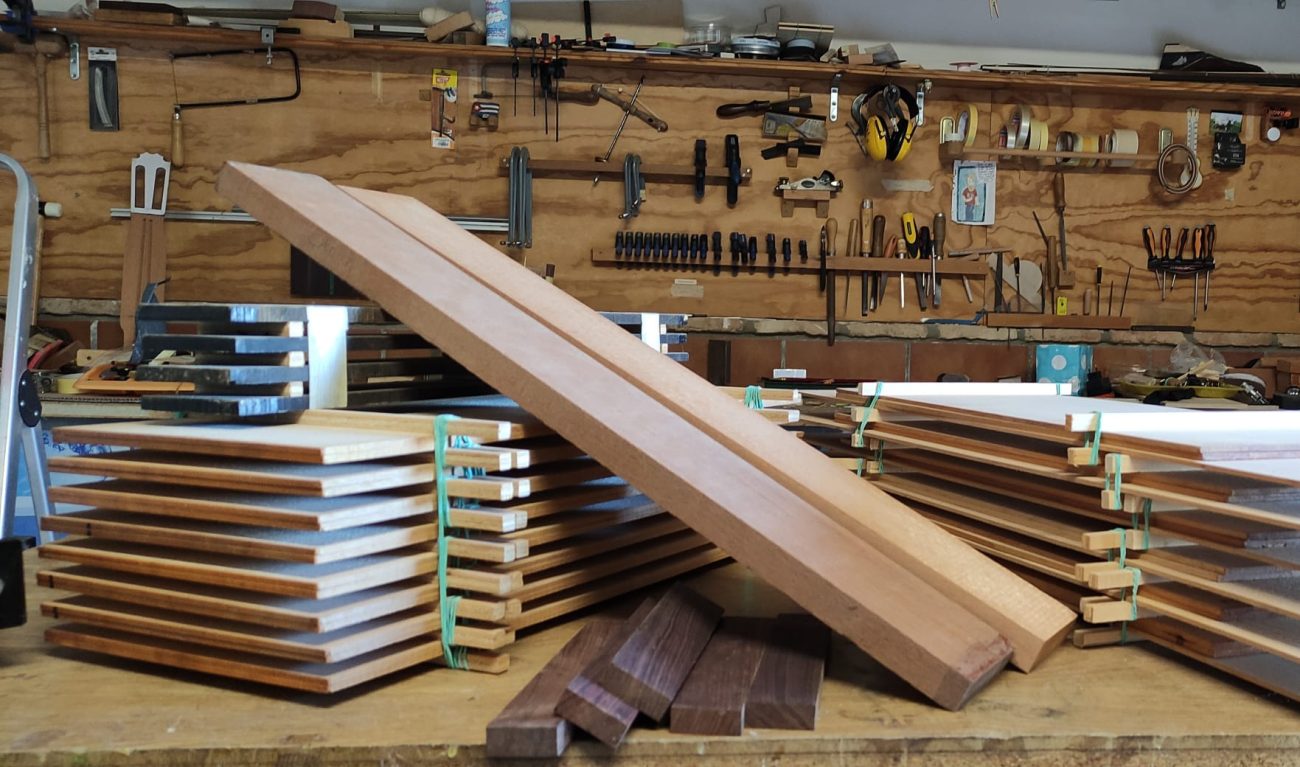Fashion and flamenco artists
Whenever people talk about “flamenco fashion”, they typically mean flamenco outfits in general
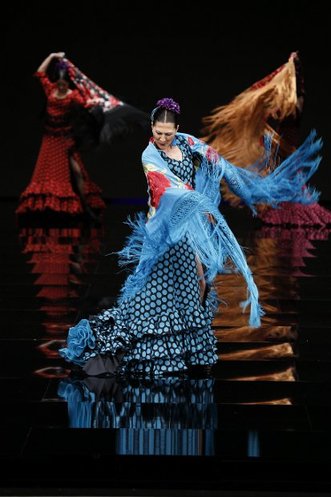
Whenever people talk about “flamenco fashion”, they typically mean flamenco outfits in general, but we seldom spare a thought for things like a bata de cola or the outfit of a cantaora. However, any self-respecting fashion designer devoted to the wonderful art of dressing flamenco must know in every detail all trends in flamenco fashion and apply them to the individual artists, their personality and their ideas about flamenco. Above all, the fashion designers must totally immerse themselves in the particular show where the outfits will be required.
It sounds easy, but it’s not. A flamenco fashion designer must, first and foremost, love flamenco. They must capture the personality of the artists, whether they’re traditional or innovative, which message the show will portray and what’s its purpose. If a cantaora has little mobility on stage, or if on the contrary, she moves around and dance whatever comes, then the outfit has to be suited to her particular movements, be comfortable and, without a doubt, it must be part of the artist, communicating her color, her shape, her movements under the fabric; the outfit must speak to the audience together with the cantaora or bailaora who wears it.
We should perhaps use examples to understand this better. Let’s take Sara Baras outfits, for instance. They are generally long-flowing dresses made with very light fabric, well-fitted to her body, and yet, in all their beautiful fullness, they don’t hide the feet of this artist who speaks and communicates with every step. The outfit becomes secondary and its colors are typically solid and neutral, such as grey, black, red, etc.
On the other hand, Marina Heredia has a more “canastero” style, sweet, full of cantiñas, romances, ballads and tangos, so her outfits must me more on the romantic side: pink, black, lunares, red, etc. She often wears mantones de manila, which give her that very feminine touch. The shapes of her outfits are more sensuous, with generous cleavages and more ornaments.
These are two great examples, but artists don’t always get it right when they pick their fashion designers, often failing to realize that the image of an artist is the show’s prologue. When artists get on a stage, before starting their performance they’re already sending vibes, good or bad, to the public. They may communicate slackness, stand out discreetly or excite the public before starting to perform.
Many artists are not aware of this. Their staging and outfits are as important as their performances. Many things are necessary for artists to be able to excite and engage their public, and their outfits are undoubtedly part of it all.
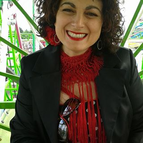
Mari Carmen Corpas



